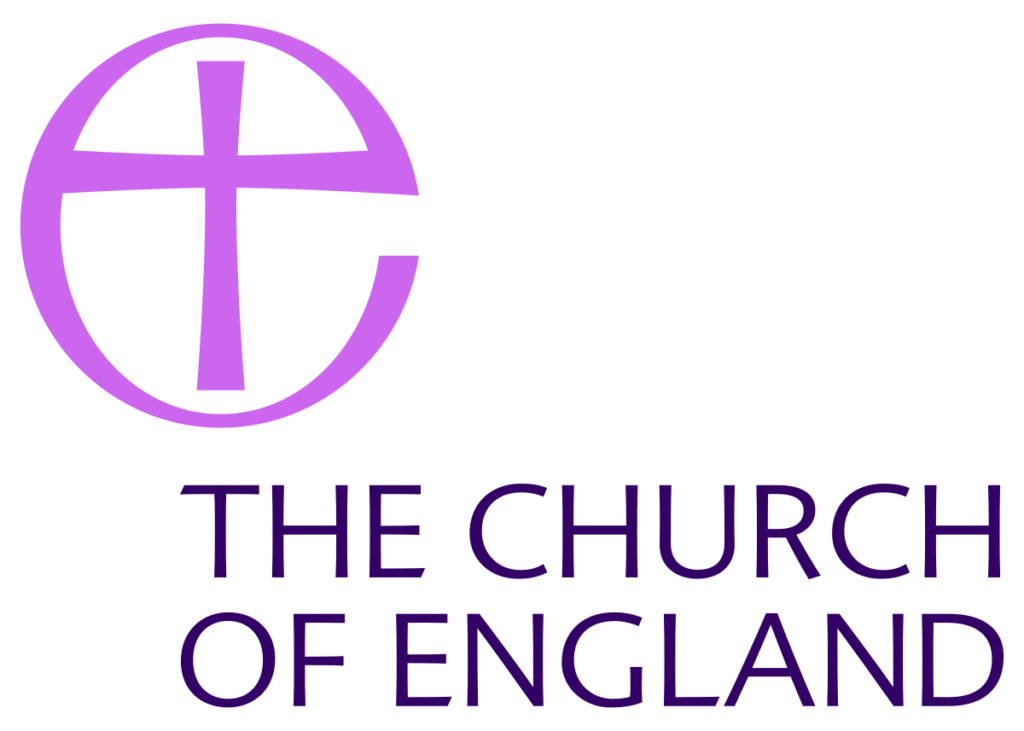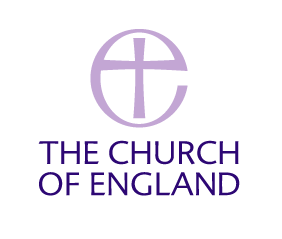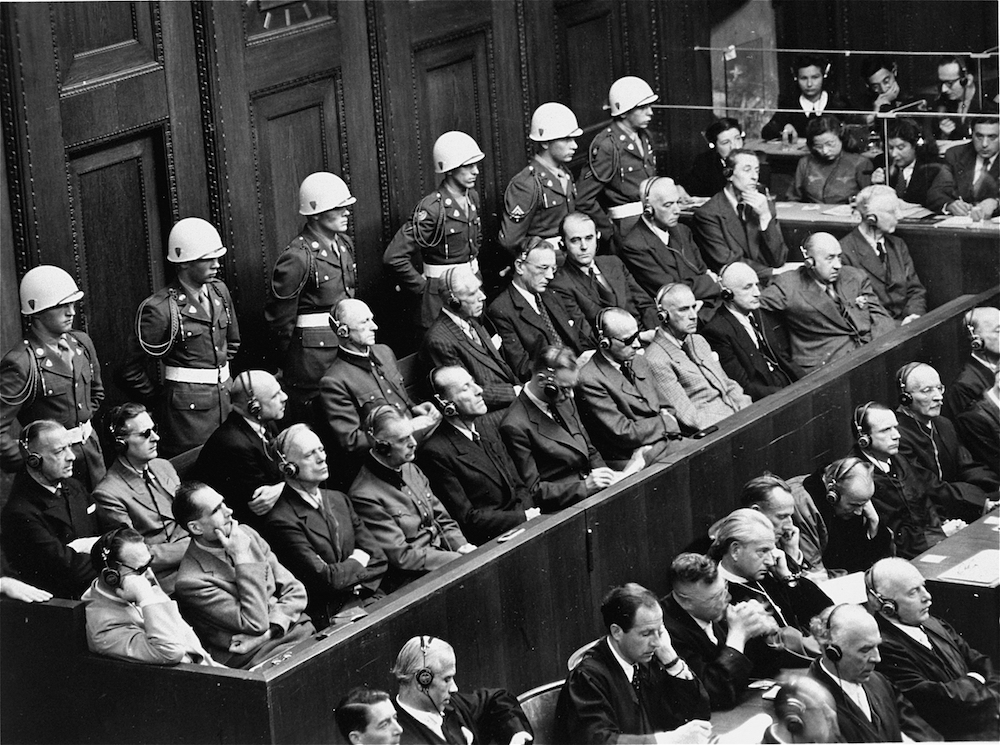
Almost every institution these days seems to have a mission statement. Local parish churches are no exception. When a congregation registers as a charity with the Charity Commission (CC), they are obliged to produce a statement of aims and purpose. This is then attached to the Annual Report along with the audited accounts. Mission statements do serve one valuable purpose, in that they compel self-scrutiny within an organisation like church congregations. The one big weakness that the mission statements produced by churches have, is that they often get wrapped up in churchy language. Instead of addressing issues like justice, power, bullying and inclusivity, these statements often paint an idealised picture of church life, which may be remote from the reality. The use of ‘holy’ language to describe the work of the church often does much to obscure the real vision of the church organisation. References to God seem fine but all too often they give us no clear picture of what the church is actually doing.
When we want models of good mission statements for churches, local or national, it is always worth looking outside the Church to see clearly stated what good practice in this area looks like. As I indicated in an earlier blog post the Church exists on at least two levels. It has an ‘ideal’ manifestation which reveals it as a theological concept or idea. It also has its local manifestations, complete with human sin and weakness. Most of us realise that just because the word church appears somewhere in describing an individual or a group, no automatic assumption can be made that high ethical standards are in operation. Churches behave well or shabbily like other organisations. We see all too often examples of the Church behaving worse than their secular counterparts. This has been proved especially true in the area of safeguarding. We find examples of bullying, lying and power abuse involved in the original abuse. It also happens when attempts have been made by victims to report their trauma to church authorities. The shoddiness of treatment towards victims by leaders is perhaps because these leaders believe that their moral status and the status of the Church institution will result in not having to face scrutiny.
While church congregations have mission statements which often lack precision and depth, the same formulaic prose is also provided for the national bodies which form part of the Church of England. One would like to see every constituent body of the Church being required, not only to define their role, but also indicate their values and the ethical principles to which they are committed. The House of Bishops, the Archbishop’s Council, the National Safeguarding Team (NST) and other national entities of the Church should each have their own binding mission statements which go further than mere aspiration. The purpose of such a mission statement would be to allow those of us outside to understand why these entities exist and also have some means of seeing how ethical standards in each are being audited. In recent weeks, we have been exposed to apparent chaos in the NST and its management of the Clergy Discipline Measure. It would be helpful if there were a proper NST statement of values which gave detail to how they were being held accountable for their failings when things go wrong. For a body to have so much power without an apparent system of accountability is going to be a cause of unhappiness and confusion for many in the Church.
In recent days I have stumbled across a mission statement from a well-respected national body. The organisation producing it is the Charity Commission. We have already, in an earlier blog, set out the seven principles by the CC expected of every charitable body. Here we have the expectations of the CC for itself. It is a remarkable short document. It is possibly a model for the kind of mission statement that would be appropriate for the national Church, as well as all its constituent bodies. Clearly it does not draw on religious principles, but it draws on universally held ethical standards. I am proud to be living in a country where the aspiration for such high ethical norms is expressed by a public body. Even if the CC does not succeed in completely stamping out unethical behaviour in English charities, it engages with the task with a highly principled and moral perspective. This list of fundamental principles under which the CC is taken from their website.
Independent: we(the CC) will maintain independence in our decision making, acting without fear or favour, in the public interest.
Accountable: we will be proactive in accounting to all our stakeholders, which will include involving others on a continuous and appropriate basis and taking responsibility for our decisions.
Proportionate: our actions, procedures and culture will be proportionate to the burden of regulation on charities, of different sizes, to the degree of risk involved and to the potential impact, within the resources available to us.
Impartial: we will exercise our powers and discretion in a way which is non-partisan and even-handed.
Transparent: we will communicate with and listen to our stakeholders and will be clear about our actions, intentions and expectations.
Consistent: we will act consistently in our decision making.
This list feels like a breath of fresh air, potentially blowing over many institutions. It offers a benchmark for good practice that we could see profitably applied to most charitable organisations, including the churches. It certainly provides a place for such organisations to start from. It would be wonderful if every charitable body in England were compelled to sign up to this or a similar document to obtain charitable status and the tax benefits that go with it. The tragedy of reading this list is the bitter realisation that in the realm of safeguarding and its implementation, the Church fails in most, if not all, of these principles.
The first word that I pick up from this statement is the final word consistent. On Tuesday this coming week, the thirtyone:eight report on Jonathan Fletcher is to be published. From what we already know, it is likely that abusive behaviour over a period of thirty years is going to be revealed. The public scandal only broke in June 2019, but my sources tell me that Fletcher’s behaviour was widely known about for a long time before that. Given the fact that the Daily Telegraph has made the Fletcher story front page headlines, a consistent church would long ago have started their own ‘lesson-learning’ enquiry into this massively reputation damaging scandal. But no, it is understood that the NST does not even now have a file for Fletcher, let alone a core-group or any plan to look at the likely fall-out from this report. Meanwhile, two core-groups have been convened to examine the case of Dean Percy. The allegations against him, even if true, score very low down on the damage chart. If the NST was required to sign a statement of values which mentioned consistency, one wonders how much interest they would have had in the case.
We may take another word from the list which seems topical at present – impartial. The disasters that have befallen the Clergy Discipline Measure over recent years, also indicate that impartiality has been a frequent casualty in church disciplinary processes. Complaints against some bishops have been made in the full glare of publicity and press coverage, and we mention George Carey and Christopher Lowson. In other cases, where there have been equally serious complaints against bishops, the process has been quietly shunted off to the shadows. I am thinking of the recorded safeguarding failures of the Bishops of Birmingham, Oxford, Beverley and Doncaster to name a few. No suspensions, even temporary, took place and nothing else seems to have happened. The current farce of allowing two diocesan bishops, with serious safeguarding issues in their pasts, to handle the Percy CDM case, is the ultimate absurdity. It offends two of the CC ethical guidelines, impartiality and independence. Overall, the Christ Church affair seems to fail every one of the Charity Commission’s standards for ethical behaviour.
The Church of England and all its constituent bodies should be asked each to produce and agree to a statement of their purpose and the ethical values to which they are committed. These would hopefully reflect the same qualities and standards as the one produced by the Charity Commission for itself. If such a document were in place, standards of behaviour would have to rise instantly in the Church. If the Church were able to produce a documents like this and live them out, that might help to restore some of the integrity that it has lost over recent years. People understand integrity, honesty, consistency and transparency. If they can see some of this restored to the national church, there is a chance that many new people might actually want to become part of it.








